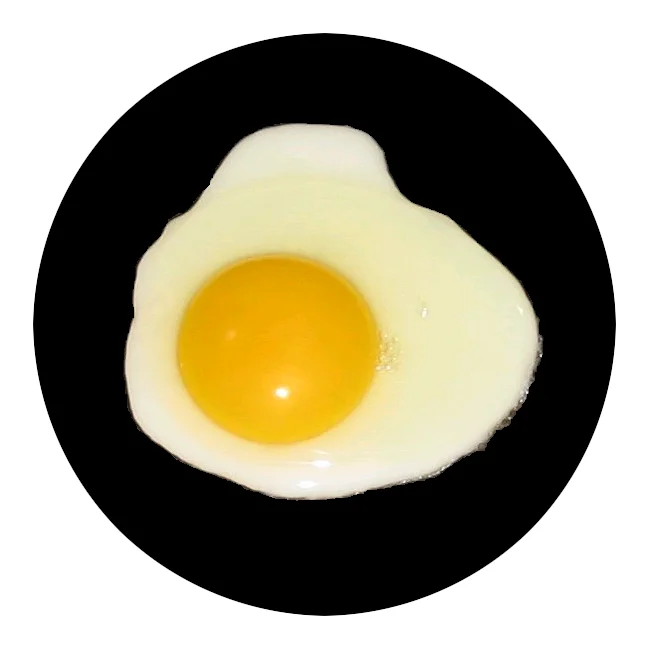Blog
PDP Optimization Through Micro-Improvements: A Second Example
If you haven’t read our article about Micro-Improvements, then we highly recommend starting there. It will give you all the context you need to understand this article.
Let’s Look At Another PDP Optimization Example Using Micro-Improvements
For this example, we’ll use Glandex.com’s best-seller: their Glandex® Advanced Vet Strength Chew – 60 Chews:

During the Deconstruction step, we annotate each element on this page. This forces us to consider each element for improvement.
Now we need to consider each element and how it can be improved. We typically spend around 3 minutes per element max. In most cases, this is a 2 to 3-hour process, but the results are well worth that time investment.
The Micro-Improvements
The screenshot below has two sets of numbers. The numbers on the image show what element we’re looking at, and the numbers to the left of the image (or the right on mobile) are clickable. Click those to see an explanation for the micro-improvement we’d make:
 +
+
+
+
+
+
+
+
+
+
+
+
+
+
+
+
+
+
+
+
+
+
+
+
+
+
+
+
+
+
+
+
+
+
+
+
+
+
+
+
+
+
+
+
+
+
+
+
+
+
+
+
+
+
+
+
+
+
+
+
+
+
+
+
+
+
+
+
+
+
It seems counterintuitive to add friction to the reviews section, but this is what we call “positive friction”. We’re stopping the shopper and encouraging them to take a specific action (to read at least 10 reviews). We don’t expect each shopper to actually read that many reviews, but we do expect shoppers to read more reviews than they would have without this message. And if we can accomplish that, then we know we can boost conversions.
Next Steps
You will get to a stage where it’s difficult to find new micro-improvements for the page—the conversion juice has been fully extracted. At that point, you want to shift your focus toward constructing the long-form sales pitch for the page. This is the most important step in the conversion optimization approach I use. I explain this concept in full detail here: Write Your Long-Form Sales Pitch.



